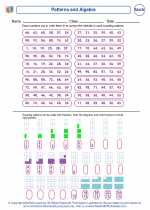Axes in Math
In mathematics, the term "axes" refers to the reference lines used in coordinate geometry to locate and describe points on a plane. The axes are typically perpendicular lines that intersect at a point called the origin. The two axes are labeled the x-axis and the y-axis.
X-Axis
The x-axis is the horizontal axis on a coordinate plane. It is used to locate and measure the distance of a point from the vertical line called the y-axis. The x-axis is labeled with positive values to the right of the origin and negative values to the left of the origin.
Y-Axis
The y-axis is the vertical axis on a coordinate plane. It is used to locate and measure the distance of a point from the horizontal line called the x-axis. The y-axis is labeled with positive values above the origin and negative values below the origin.
Study Guide
- The x-axis is the horizontal line on a coordinate plane.
- The y-axis is the vertical line on a coordinate plane.
- The point where the x-axis and y-axis intersect is called the origin.
- The x-axis is used to measure horizontal distance, while the y-axis is used to measure vertical distance.
- Points on the coordinate plane are represented by their x and y coordinates, with the x-coordinate first and the y-coordinate second.
Example
Let's consider a point located at (3, 4) on a coordinate plane. This means the point is 3 units to the right of the y-axis and 4 units above the x-axis.
[Axes] Related Worksheets and Study Guides:
.◂Math Worksheets and Study Guides Third Grade. Patterns

 Worksheet/Answer key
Worksheet/Answer key
 Worksheet/Answer key
Worksheet/Answer key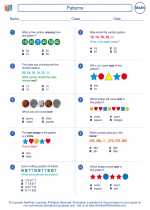
 Worksheet/Answer key
Worksheet/Answer key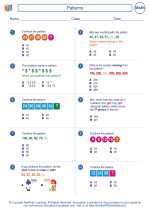
 Worksheet/Answer key
Worksheet/Answer key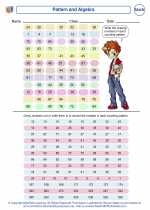
 Worksheet/Answer key
Worksheet/Answer key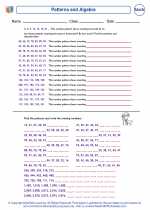
 Worksheet/Answer key
Worksheet/Answer key